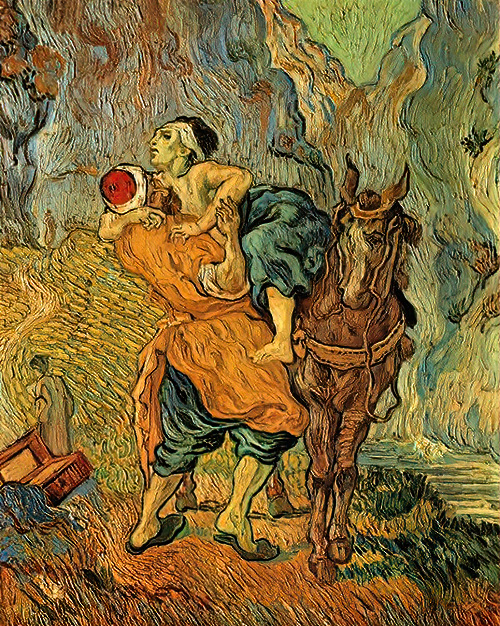“The Good Samaritan,” together with the story of the Prodigal Son, may well be the most-read stories/parables Jesus ever told.
It is somewhat intriguing that for all their drama, both parables are recalled only by the author of the Gospel of Luke!
We are familiar enough with the story of the Good Samaritan; a man is travelling from Jerusalem to Jericho, is accosted by robbers, who strip, beat him, and leave him for dead. A priest and Levite are travelling the same road, come to the spot where the man lay and “passed by on the other side” (vv. 31, 32). A Samaritan, also travelling the same road, comes upon the man, and as the text says, “was moved with pity”, and the rest as they say ‘is history’.
What would have leapt out at the first hearers of this story was that Jesus subverted his hearers’ expectations by explaining that it was a Samaritan who helped the man.
Samaritans were known as the ones who would rob Jews on this road as they went “up” to Jerusalem from Jericho for their holy days. The listeners would have not only expected a Samaritan to be unsympathetic to the plight of the victim, but they would also have expected the Samaritan to be the perpetrator!
The Dutch impressionist Vincent Van Gogh painted this Gospel scene.

On May 8, 1889, exhausted, ill, and out of control, Vincent Van Gogh committed himself to St Paul’s psychiatric asylum in Saint-Rémy-de-Provence, a small hamlet in the south of France.
A former monastery, the sanatorium was located in an area of cornfields, vineyards and olive trees.
There Van Gogh was allowed two small adjoining cells with barred windows.
One room he used as his bedroom, and the other was his tiny studio.
While there, Van Gogh not only painted the surrounding area and the interior of the asylum, but he also copied paintings and drawings by other artists, making those paintings his own through modifications he made to the painting’s composition, the colours and of course, the brush strokes.
Van Gogh copied and modified Delacroix’s painting of The Good Samaritan.
When Van Gogh was admitted to the sanatorium he had become so difficult, so sick that the townspeople of Arles, where he had been living and painting had given him the name “the red-headed madman.”
Take a look at the ‘good Samaritan’ struggling to lift the wounded man onto his mount – looks very much like “the red-headed madman” from Arles!
And many commentators agree it is!
Van Gogh has assumed the role of the good Samaritan – and when you read a comprehensive biography of Van Gogh, this helping of the downtrodden is not unusual.
Van Gogh had an extraordinary compassionate side to his person.
“The word compassion literally means ‘to suffer with”.
Despite his reputation for madness, Vincent Van Gogh was a compassionate and faith-filled man.
While involved in missionary work among the impoverished population of the Borinage, a coal-mining region in southwestern Belgium.
There, in the winter of 1879–80, he experienced the first great spiritual crisis of his life.
Living among the poor, he gave away all his worldly goods in an impassioned moment; he was thereupon dismissed by church authorities for a too-literal interpretation of Christian teaching.
Many of us have our favourite Gospel story – what does this story say about me?
Am I somewhere there?
Also, we may well have a story which is our least favourite – equally, we do well to ask, does this particular story expose a part of who I am that I would prefer to remain hidden?
